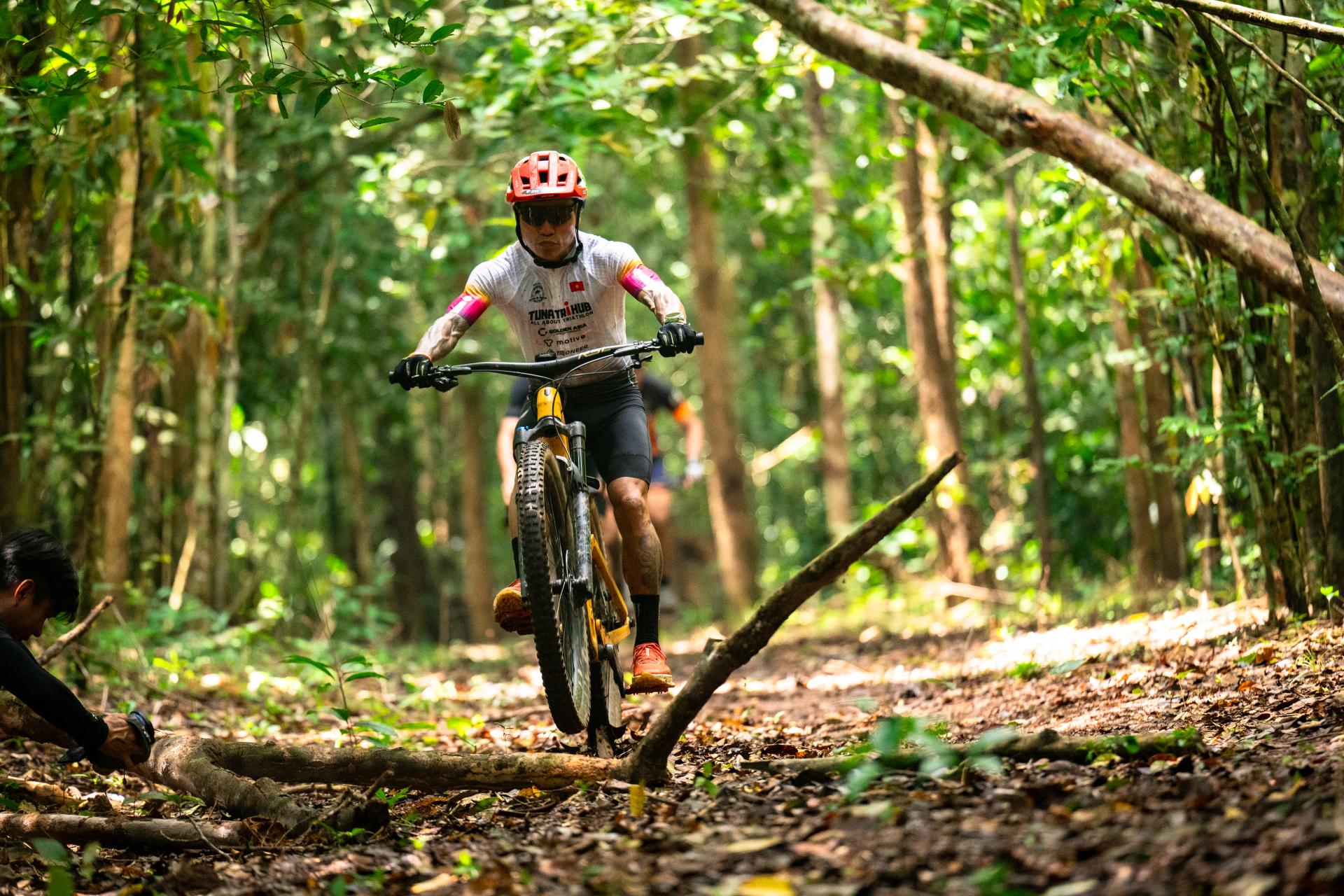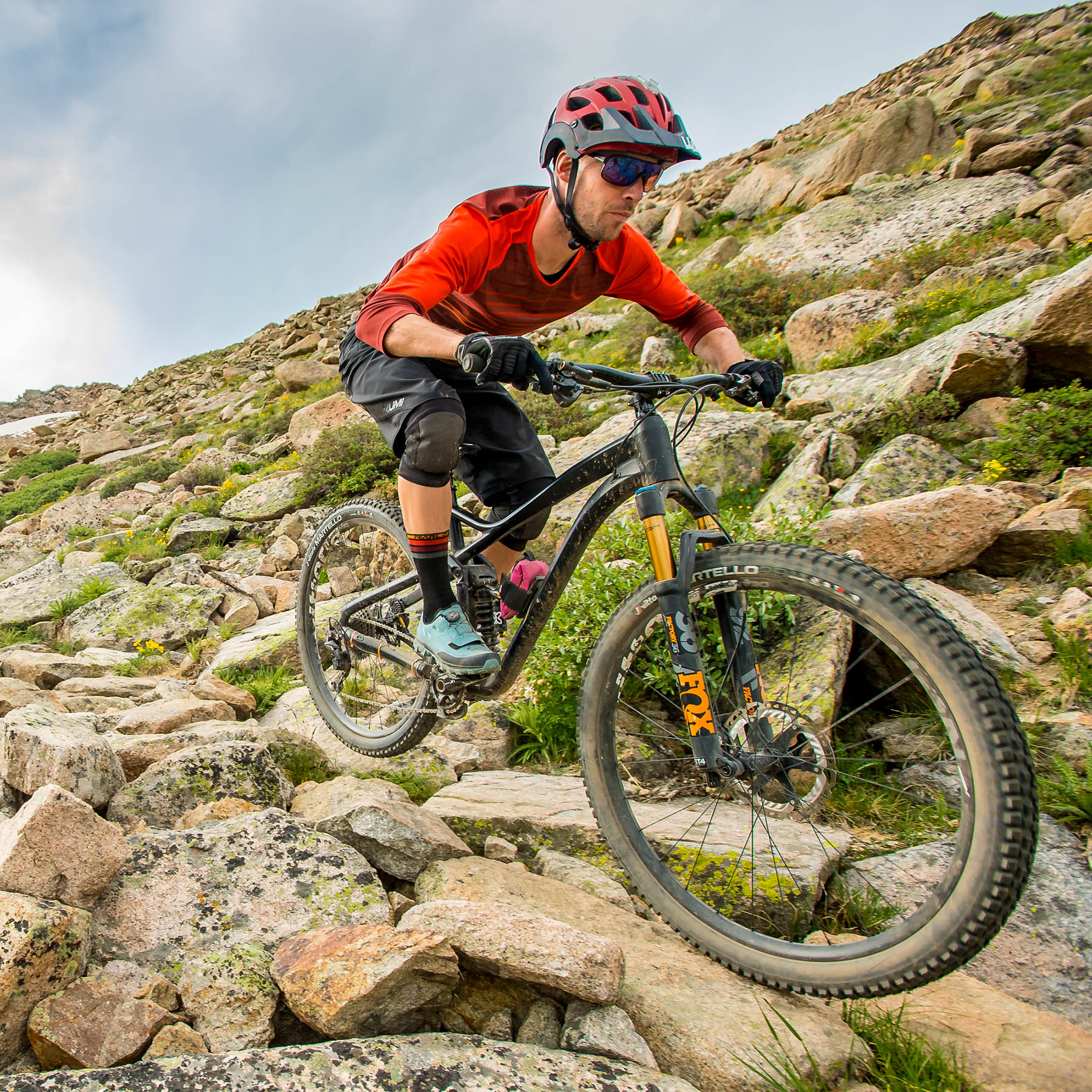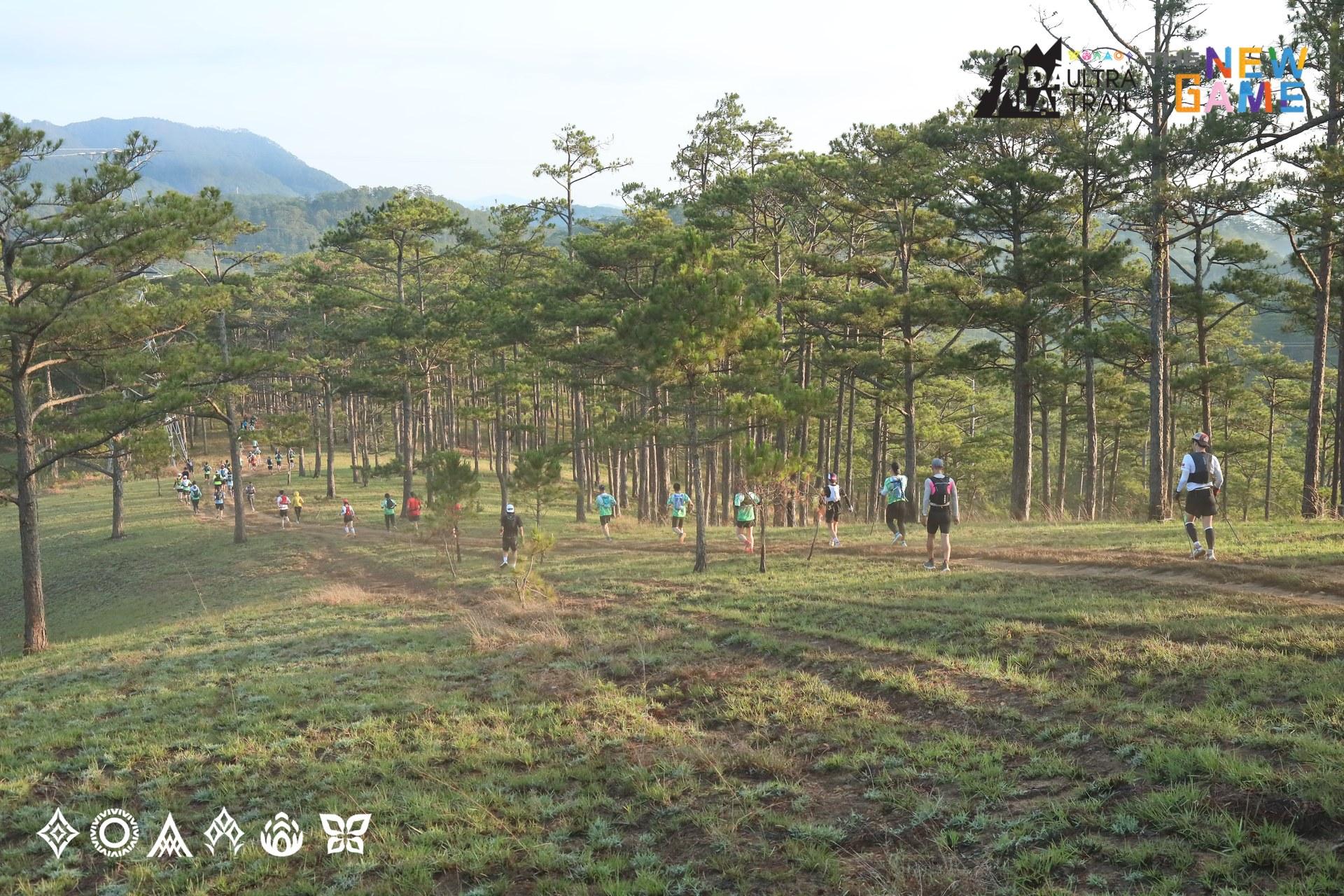
10/17/2025
RECOVERY: EFFECTIVE POST-MOUNTAIN BIKING STRATEGIES FOR ATHLETES
Learn how to effectively recover after a mountain bike race through the methods of athlete Jeremiah Bishop to maintain fitness and form.
Mountain biking is a sport that demands exceptional endurance and strength from athletes. Recovery after a mountain bike race is not just about taking a break, it’s the key to rebuilding energy and maintaining long-term performance. Understanding this, Vietnam MTB Series aims to share practical knowledge to help athletes prepare effectively for long, high-intensity races.

The importance of recovery after mountain bike racing
Mountain biking is made for those who crave adventure and challenge. With trails that combine a variety of terrains, from rocky paths to steep climbs reaching thousands of meters in elevation, riders can easily experience physical strain or even injuries without proper training and recovery cycles.
Recovery plays a crucial role in helping athletes return to training and competition at peak condition. The recovery period after a race determines when the body can safely resume high-intensity workouts. Skipping recovery can lead to overtraining, delayed progress, and a higher risk of injury. In contrast, proper recovery allows the muscles, cardiovascular system, and nervous system to regenerate, paving the way for a stronger next training cycle.
The physical impact of a race on the body
Before diving into recovery strategies, it’s important to understand how a race affects the body and how it responds to extreme conditions on the trail.
After finishing a mountain bike race, most athletes experience full-body fatigue. Inflammation is a natural healing response that peaks around 12 hours after the race and can last up to 5–7 days.
This is a critical phase where many riders might feel fine but, in reality, their deeper muscle tissues are still healing. That’s why professional athletes like Jeremiah Bishop emphasize the importance of carefully managing every step of the post-race recovery process.
Jeremiah Bishop’s recovery strategy
Jeremiah Bishop, one of America’s top mountain bikers known for maintaining consistent performance across demanding seasons, shared his approach to active recovery and mindful body awareness.

Jeremiah Bishop shared valuable insights about his recovery process (Image source: ELIEL)
After each long race, Bishop takes complete rest for several days to allow his muscles and nervous system to recover. Instead of forcing himself back into training too soon, he opts for light activities such as swimming, yoga, or easy runs, all of which help improve circulation and reduce inflammation.
After about three days of active recovery, he performs a short “system check” through quick sprint or hill efforts to gauge his condition. If his body responds well, Bishop gradually reintroduces strength and technical training.
How to know when your body has fully recovered?
Listening to your body and tracking key feedback signals is essential to determine when it’s safe to resume high-intensity workouts. To assess if your body is truly ready, observe at least four of the following five indicators over several consecutive days:
Heart Rate
Right after a race, heart rate often fluctuates due to tapering, accumulated fatigue, and post-race stress. As recovery progresses, heart rate responses begin to stabilize. A good sign of recovery is when your heart rate rises quickly during hard efforts, yet you still feel comfortable and can maintain consistent performance.
Power
Fatigued muscles struggle to sustain power over time. As your body recovers, you’ll find short, intense efforts easier to complete. Being able to maintain steady pedaling power during sprints or repeated hill climbs without significant drops indicates that your muscles have regained strength.
Perceived effort or sense of fatigue
Recovery isn’t just about the muscles or lungs, it’s about restoring overall balance between the body and mind. When a tough workout starts to feel lighter, it means all internal systems like cardiovascular, muscular, and mental are working in sync again.
Riding form
A rider who hasn’t fully recovered often has uneven pedal strokes or a tense upper body. When your pedal rhythm feels smooth and your posture remains stable throughout the ride, it’s a clear signal that your muscles are relaxed and your coordination has returned.

Cycling form accurately reflects muscle condition during the recovery process (Photo source: PERL iZUMi)
Mental motivation
Perhaps the most overlooked factor, motivation reflects emotional recovery. A lack of desire to train doesn’t mean weakness, it’s your body’s way of signaling the need for more rest. When excitement to get back on the bike returns, it’s a powerful sign that both your mind and body are ready again.
Recovery after mountain bike racing isn’t just downtime, it’s a vital bridge that allows your body to adapt, grow, and come back stronger for future challenges. With the insights shared by Vietnam MTB Series, we hope you’ve gained a clearer understanding of effective recovery methods to sustain your passion and conquer the trails safely and confidently for years to come.


